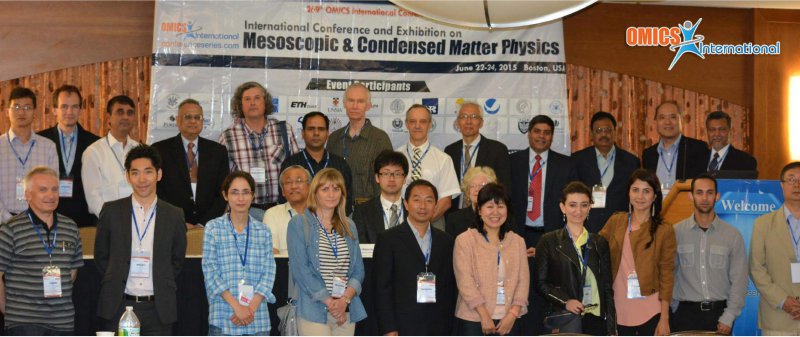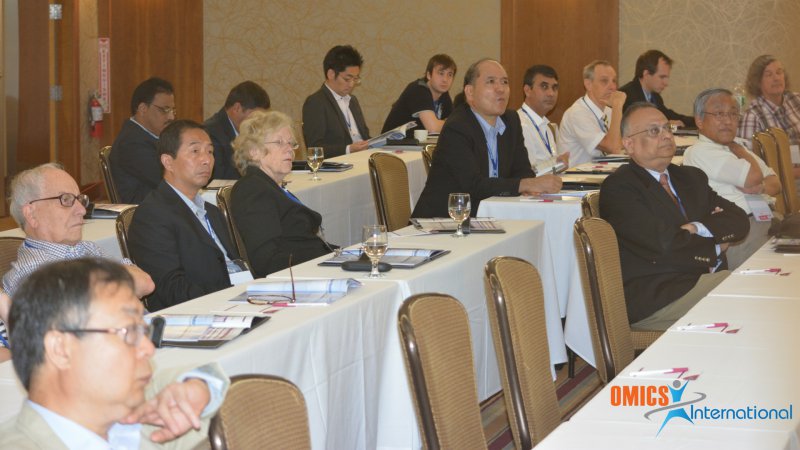
Xiaoming Wen
University of New South Wales, Australia
Title: Density Dependent Carrier Dynamics in Organic-inorganic Metal Halide Perovskite
Biography
Biography: Xiaoming Wen
Abstract
Mixed organic-inorganic halide perovskite has emerged as very attractive high efficiency solar cells over the past few years. Significant progress has been achieved such as the most recent demonstration of independently certified efficiency of 20.1%, attribute not only the device structure, and superb light absorption, decent ambipolar charge mobility and less excitons binding energy compare with organic solar cells. The device design and performance improvement critically depend on the physical understanding, in particular, the carrier dynamics at various timescale. Despite the rapid progress in demonstrated efficiencies perovskite solar cells, there exists a gap in the fundamental understanding of the carrier dynamics such as generation; transport; and extraction. Here we systematically investigate the carrier dynamics in organic-inorganic halide perovskite CH3NH3PbI3 in the various timescale using steady state and time-resolved spectroscopy. Our investigation reveals both steady state PL and time-resolved PL is closely relevant to the excitation intensity. The carrier dynamics can be determined by the processes of carrier relaxations, such as free carrier recombination, exciton recombination, defect/surface trapping, relaxation of the trapped carriers, Auger recombination, charge migration and phase transition. An evident state filling is observed using ultrafast transient absorption. At low excitation density, defect/surface trapping and electron-hole recombination are the major processes. Therefore, an excitation density relevant carrier dynamics can be observed in photoluminescence (PL) decay by using time correlated single photon counting (TCSPC). A nonlinear relation between the excitation and emission intensity is also identified in the steady state PL by , withβ>1. Theoretical modelling reveals that the nonlinearity is determined by both the relaxation rate and density of the defect states; and thus relevant to the fabrication. Moreover, the variation of the carrier density with time, due to carrier migration and phase transition, is closely related to the carrier dynamics. Interestingly, charge detrapping, charge migration and accumulation result in a much slow process in milliseconds to seconds. In contract, at high density of excitation the saturation of the defect states and enhanced Auger nonradiative recombination becomes the dominant mechanism. The decreased PL efficiency and fastened carrier dynamics were observed in steady state and TRPL, respectively. It is confirmed that carrier dynamics is also closely correlated with the fabrication and morphology of the films.


